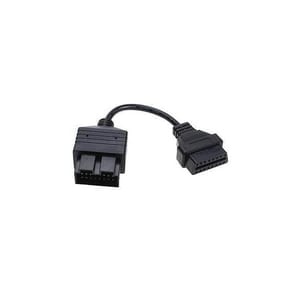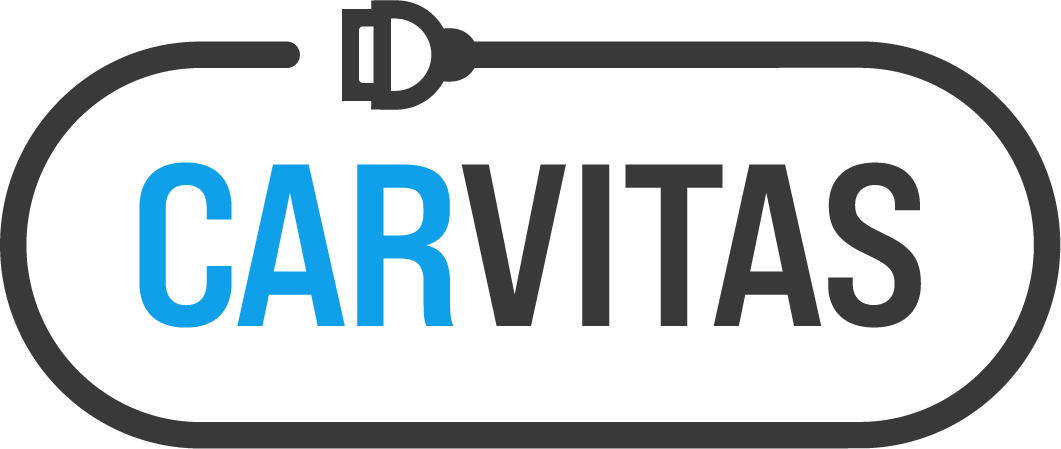
Kia 20 Pin OBD1 - 16 Pin OBD2
In the world of automotive maintenance and repair, the ability to quickly and accurately diagnose problems is invaluable. Before modern On-Board Diagnostics (OBD) systems became commonplace, car manufacturers had their own unique systems and connectors for vehicle diagnostics. One of these connectors is the Kia 20-pin OBD1 connector.
History and development
In the early 1980s and 1990s, before the OBD2 standard was introduced, car manufacturers, including Kia, used their own diagnostic systems. These systems were known as OBD1. While not as advanced as their OBD2 counterparts, they were crucial for mechanics to identify problems with vehicles.
Kia, a South Korean car manufacturer, used a specific 20-pin connector for their OBD1 system. This cable was unique to Kia vehicles and differed from connectors used by other manufacturers.
Function and use
The Kia 20-pin OBD1 cable acted as a bridge between the vehicle and the diagnostic equipment. By connecting this cable, mechanics could access diagnostic codes generated by the vehicle. These codes provided information on potential problems, from engine malfunctions to exhaust problems.
Although OBD1 systems did not have the ability to provide real-time data like later OBD2 systems, they were essential to the era in which they were used. They offered mechanics a first look at what might be wrong with a vehicle, speeding up the troubleshooting and repair process.
Relevance of the OBD1 cable
With the advent of the OBD2 standard in the late 1990s, OBD1 systems gradually became obsolete. The OBD2 systems offered more detailed diagnostic information and were supported by a standardized connector, making it easier for mechanics to work with different vehicles.
However, for older Kia vehicles still on the road, the Kia 20-pin OBD1 cable remains relevant. For mechanics who specialize in working on older vehicles, or for enthusiasts who maintain their own classic Kia's, this cable is an essential tool.
This cable converts an OBD-1 connection into an OBD-2 connection. In order to read your Kia, you will also need a reader suitable for OBD1.
Advantages & drawbacks
- Using this adapter cable, an older Kia before the year 2001 can also be read with a compatible reader.
- Robust materials for endless use
- Works only with readers that also support the OBD1 protocol
Specs summary
- Suitable for car brand Kia
- Features Adapter, Converter Cable
Reviews
Write your reviewFits well and does what it is supposed to do! Communicating with the Car?
19-04-2024This product is good just did not buy a good readout device
08-11-2023


